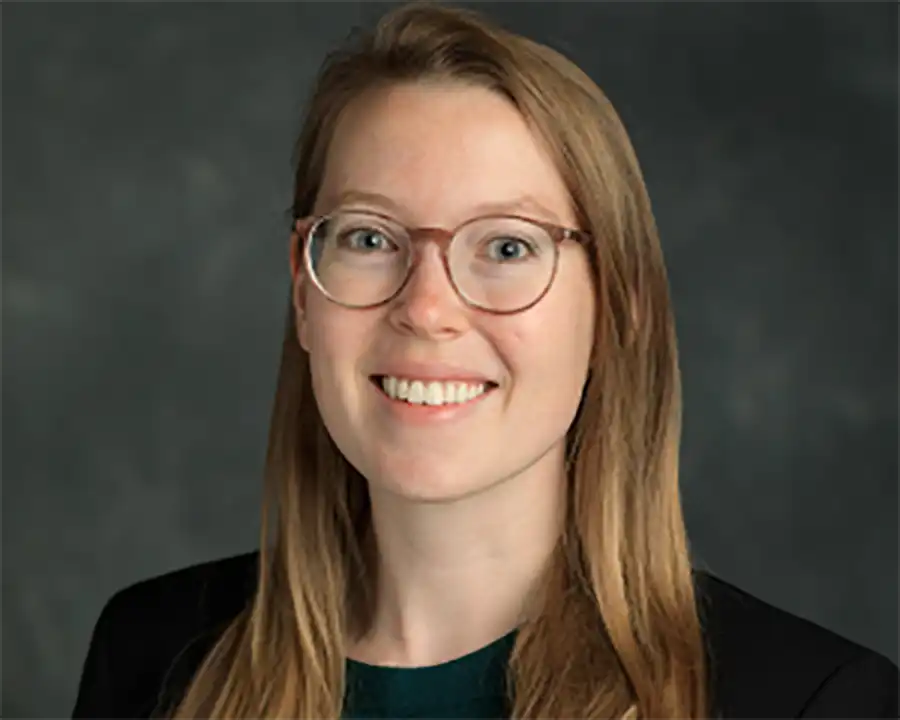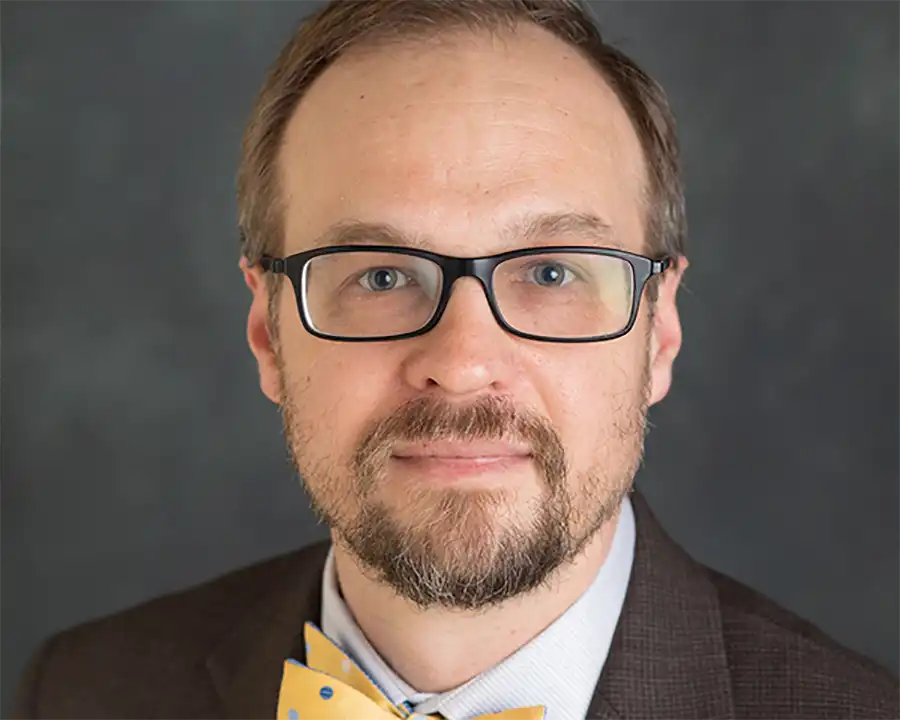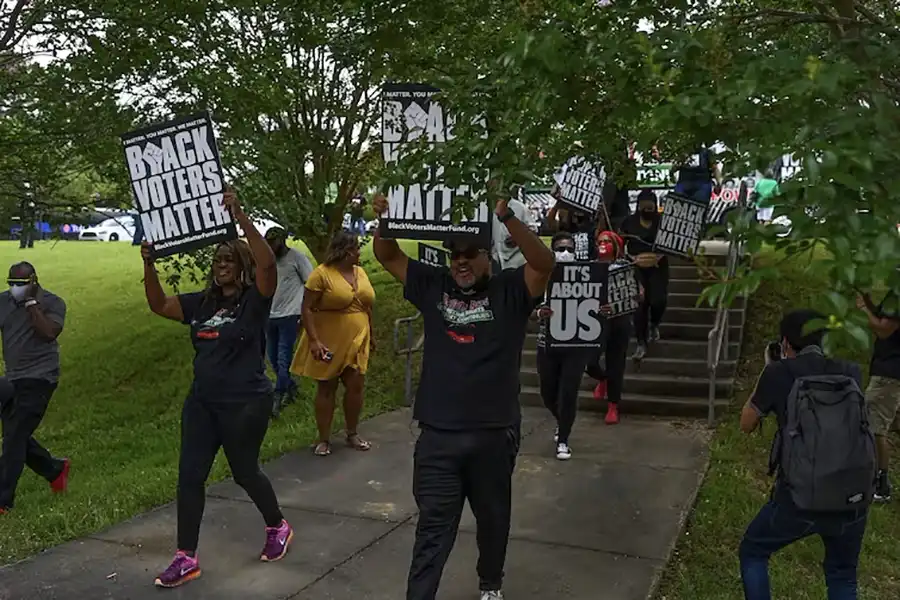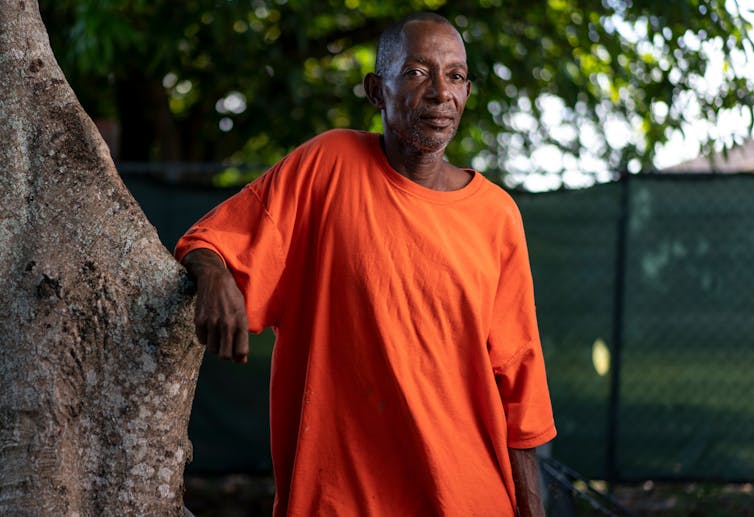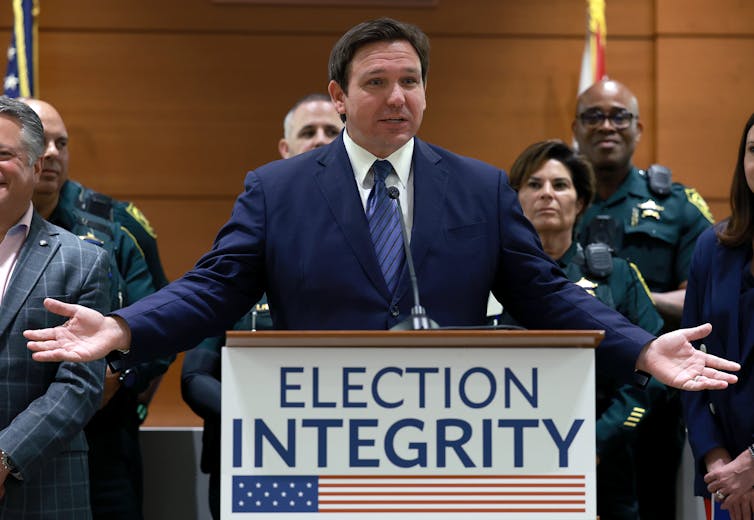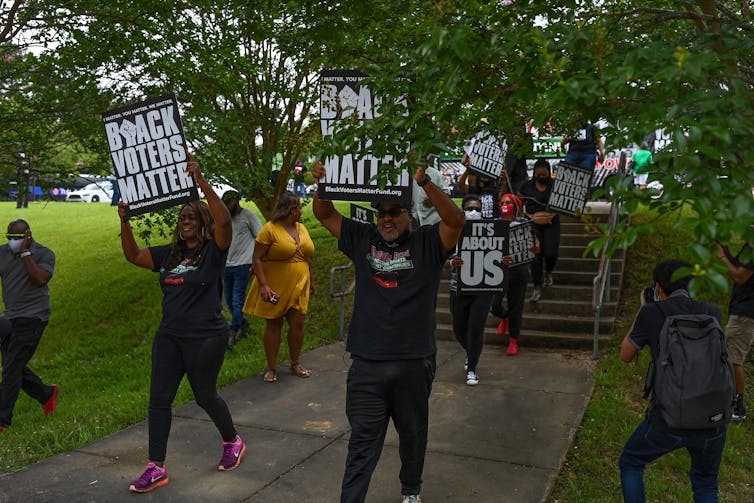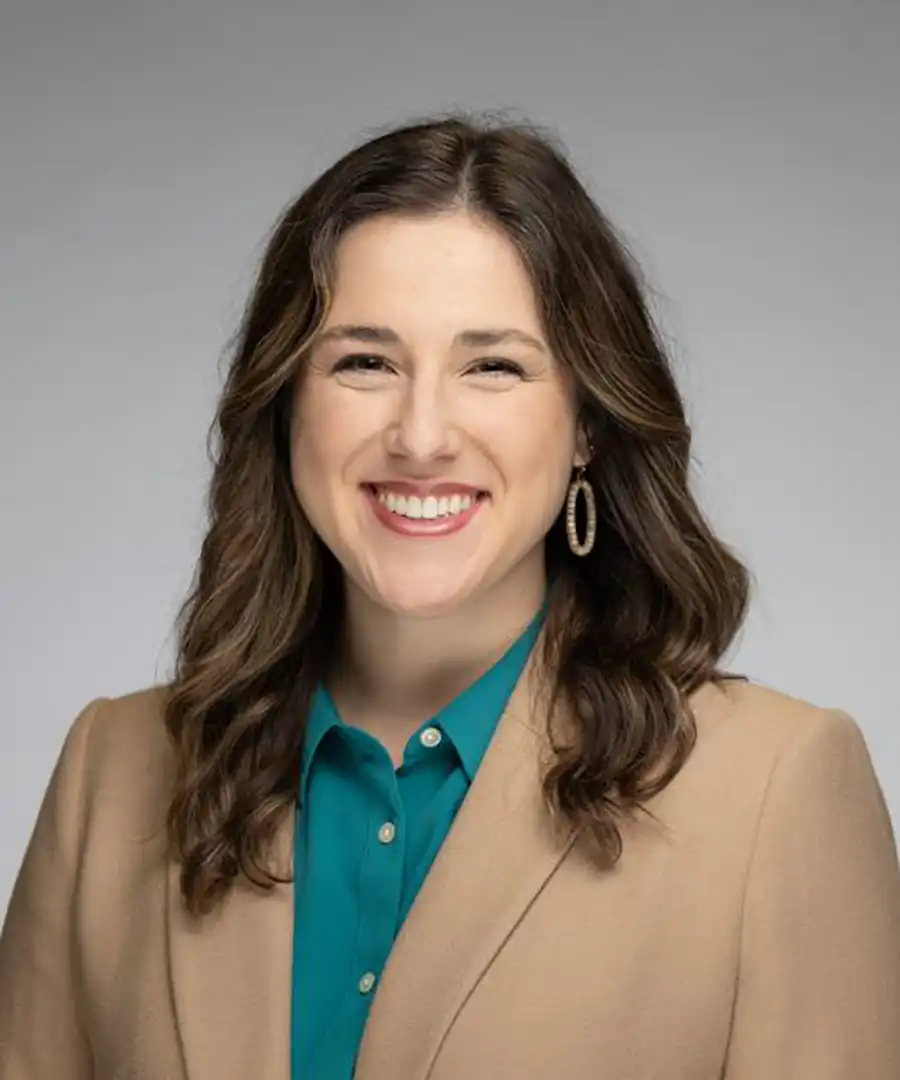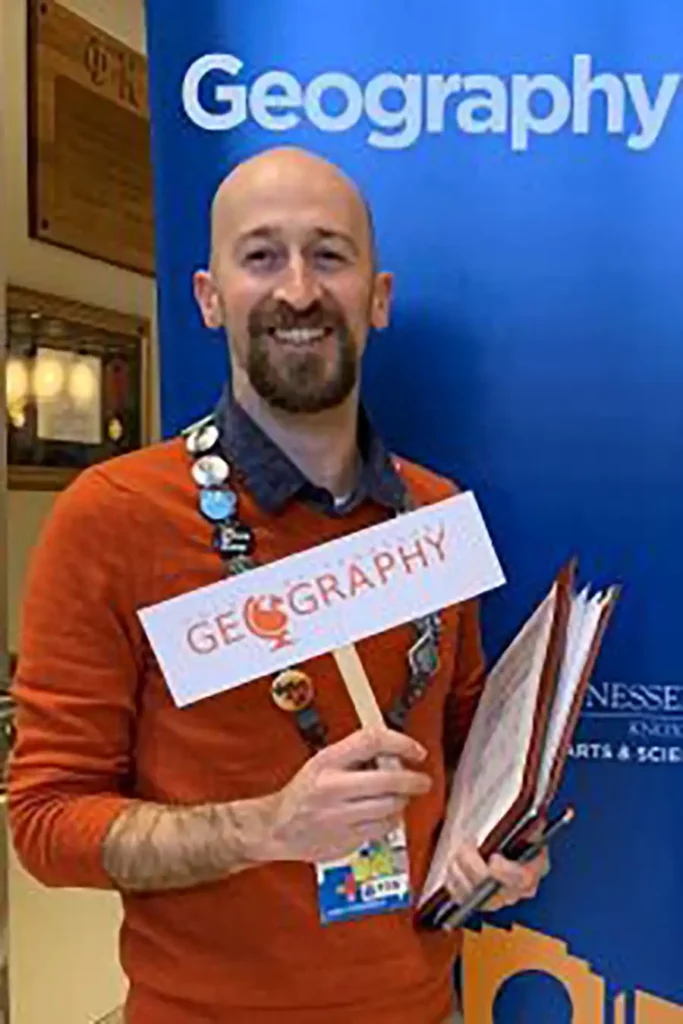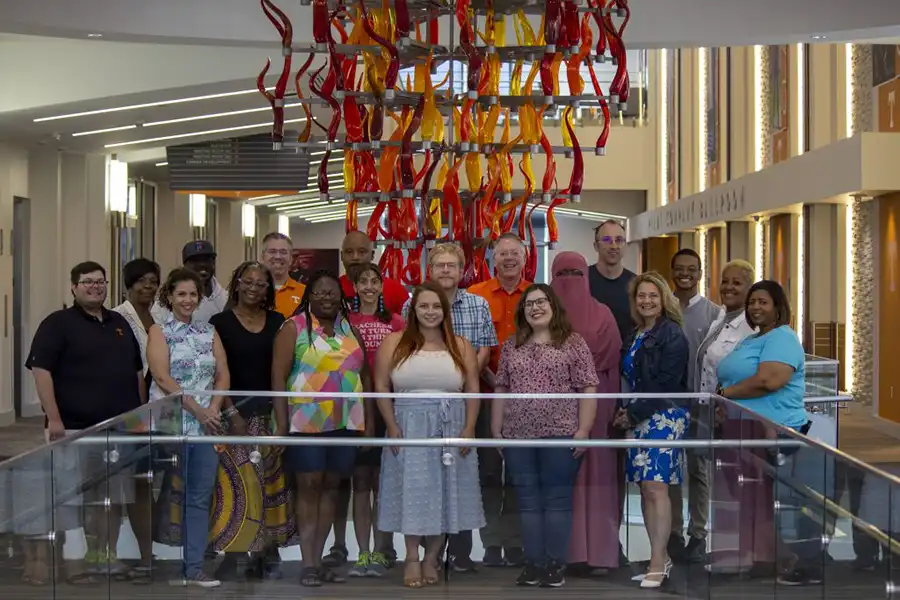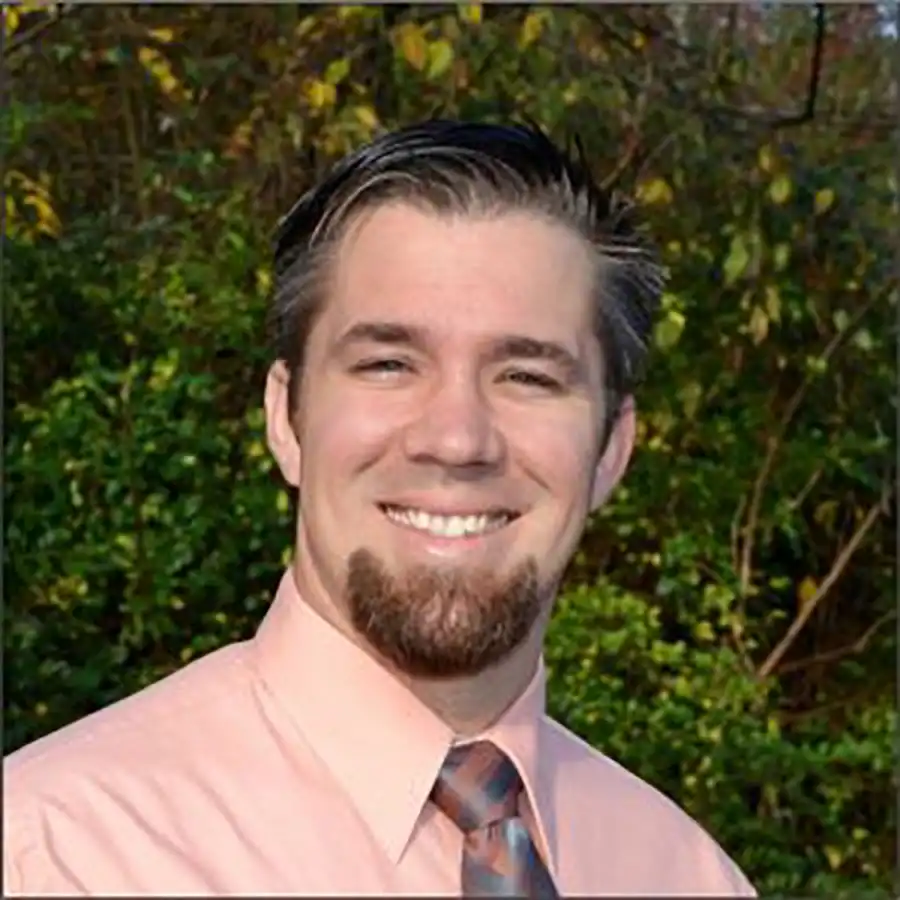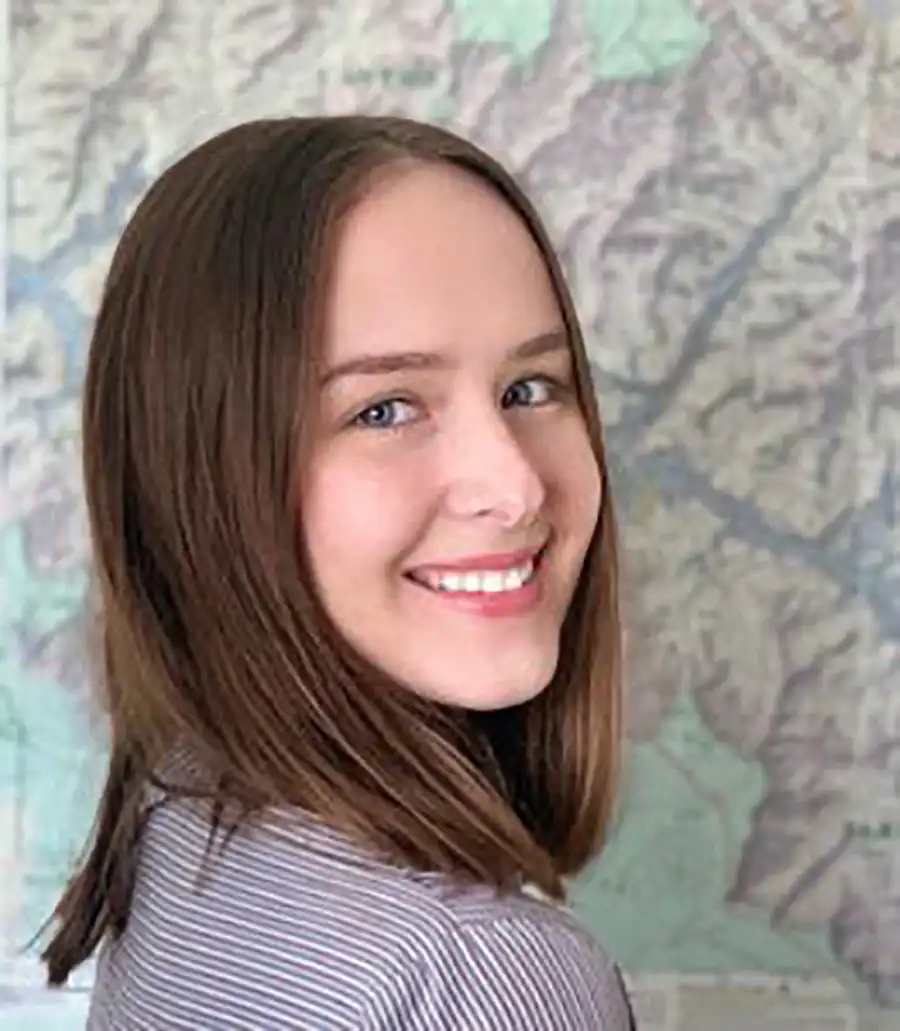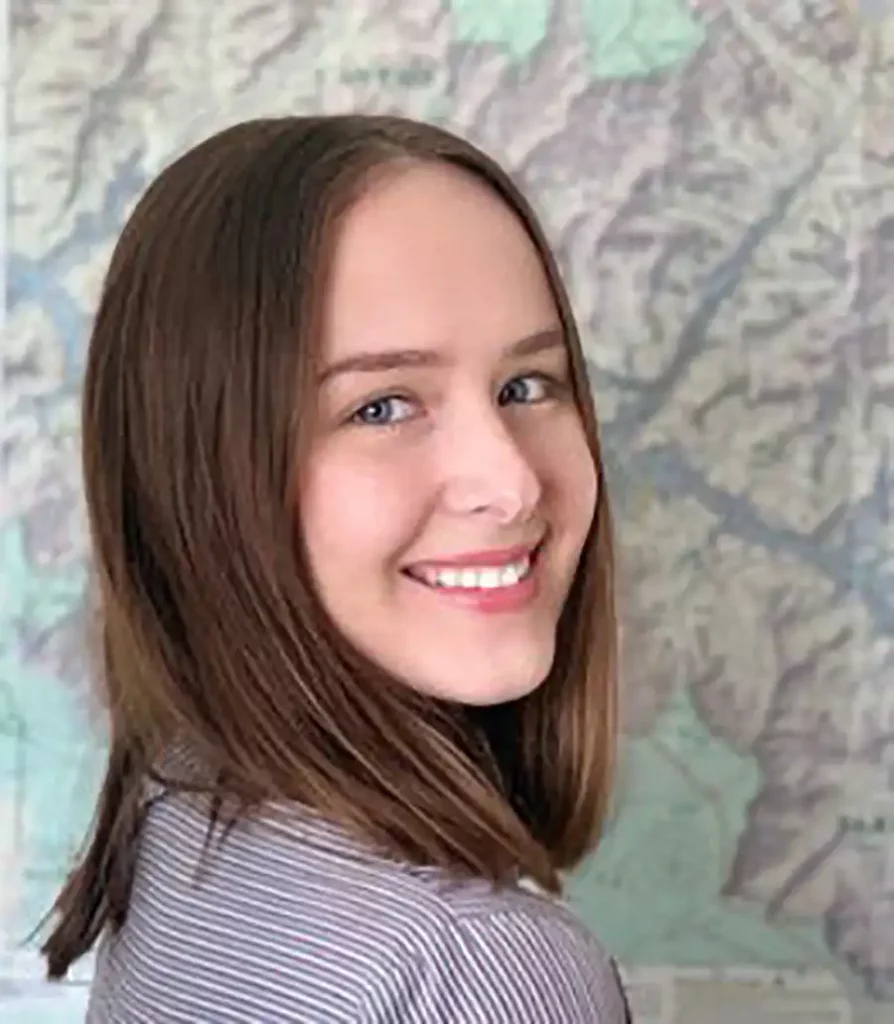Engaging Undergraduate Students
Engaging Undergraduate Students
Our alumni continue to find exciting ways to keep engaged with current students. In the middle of the pandemic, a small group of alumni were looking for ways to support current and recently graduating students at a time when the economy was suffering, so they created an alumni group on LinkedIn to build connections between the two groups.
Founding members are Hannah Gunderman (’18), Adam Alsamadisi (’15, ’19), Kelly Baar (’19), and Morgan Steckler (’20). Join the group by searching for “UTK Geography Alum” on LinkedIn. (https://www.linkedin.com/groups/12468218/).
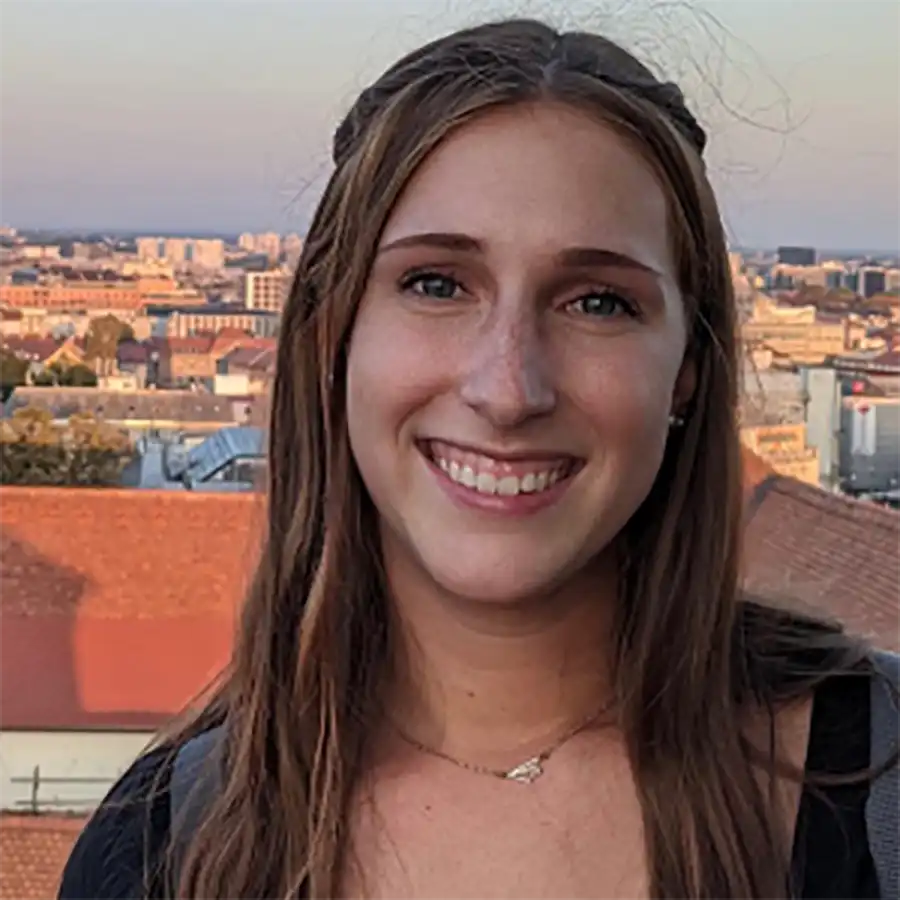
“When you go on a tour of UT, one phrase really hits home: Tennessee is a big campus with a small community feel. This could not be truer than as a student in the geography department, which serves as a home away from home. It offers opportunities in research, leadership, and networking. It encourages students to excel academically and gives students the resources to do so. It houses a safe space for students to study, create friendships, and host events. We felt like everything this department works so hard to create shouldn’t end at graduation so, we created the LinkedIn group. Originally, the group was to house a space for students to transition to alumni with the help of other graduates. Now, it is actively used as a way to recognize alumni accomplishments, provide support for recent graduates, and networking. As membership grows, we hope to continue to foster meaningful conversations amongst UT geography alumni.”
–Kelly Baar
In addition to the LinkedIn group, alumni connect with our students through a capstone course, Geography 499: Practicing Geography. More than 30 alumni volunteered to serve as mentors during the fall 2021 semester. The goal of the program was to connect students and alumni to help share professional experiences and advice while building meaningful connections.
“Being a mentor has been an invaluable experience,” said Kelly Baar, who graduated with a bachelor’s in geography in 2019. “I have thoroughly enjoyed giving back to a department that immensely shaped my experience as a student, and now continues to allow me to share my passion with likeminded people.”
Kelsey Roche will graduate this spring and is ready to explore her career options thanks to her experience with the program. Her mentor, Jeff Smith, is the regional business manager for Trimble Inc. and based in Florida.
“I was lucky enough to be paired with a mentor to help me navigate the intimidating job-hunting world,” Kelsey said. “I have gained so much appreciation for Jeff as he’s helped me define my strengths as a future employee, strengthen my resume, written me a recommendation, and offered the help of his professional friends along my journey of finding a job out of college. Jeff has given me endless amounts of advice about the real world that I plan on taking with me beyond my professional life. He has not only made me prepared, but excited for the job-hunting experience. I couldn’t imagine being as ready as I am to start exploring my life after college without the help of my mentor.”
Bennett Meeks, who graduated in 2021 with a bachelor’s in geography, enjoyed the opportunity to get to know an alum during the program and speaks to her on a regular basis.
“My mentor provides a wealth of knowledge,” Bennett said. “There is something special about getting advice from someone who has just gone through the same transitions as you – especially having it been so recently. The ability to speak with a friend in the professional field is also invaluable because I often get a lot of advice that is inferred and often overlooked, and I receive advice on the things that I have yet to do or have not done in my college experience and hear their perspective while learning from their ventures. As I started my new job this semester, my mentor was one of the first people to hear about it, and the advice she gave me was always spot on. I love the connection between my mentor and I, and I am really looking forward to doing the same for the next generation.”
If you are interested in being a mentor, contact Michael Camponovo, program coordinator, at mcampono@utk.edu.



